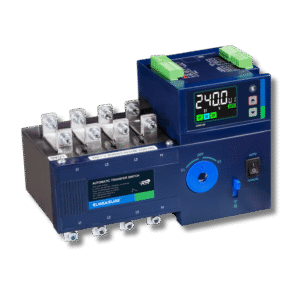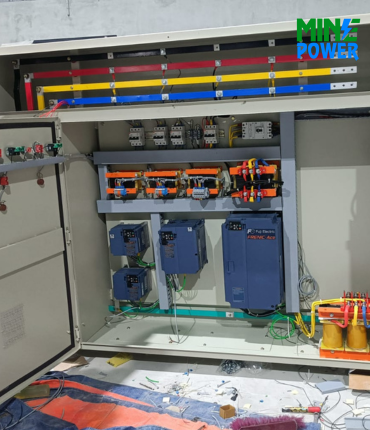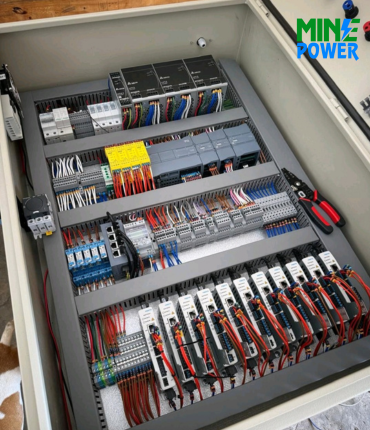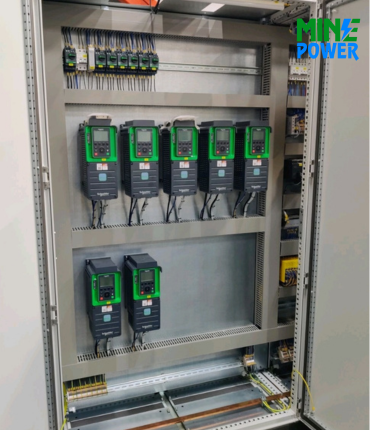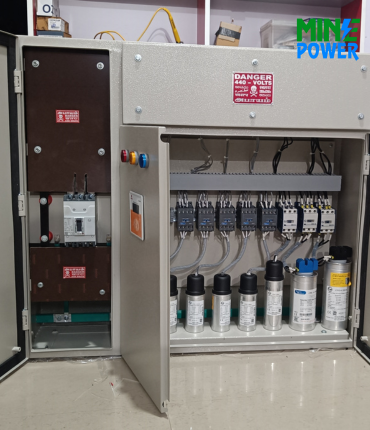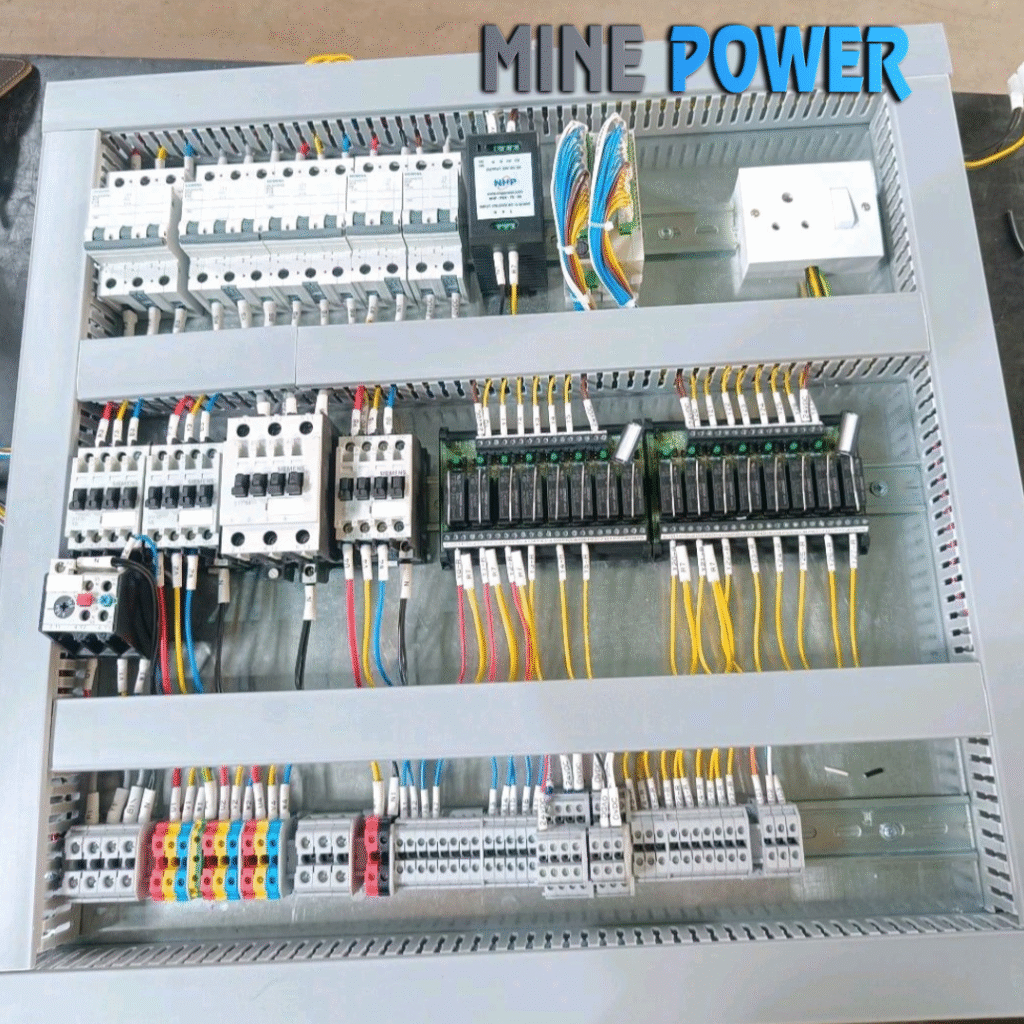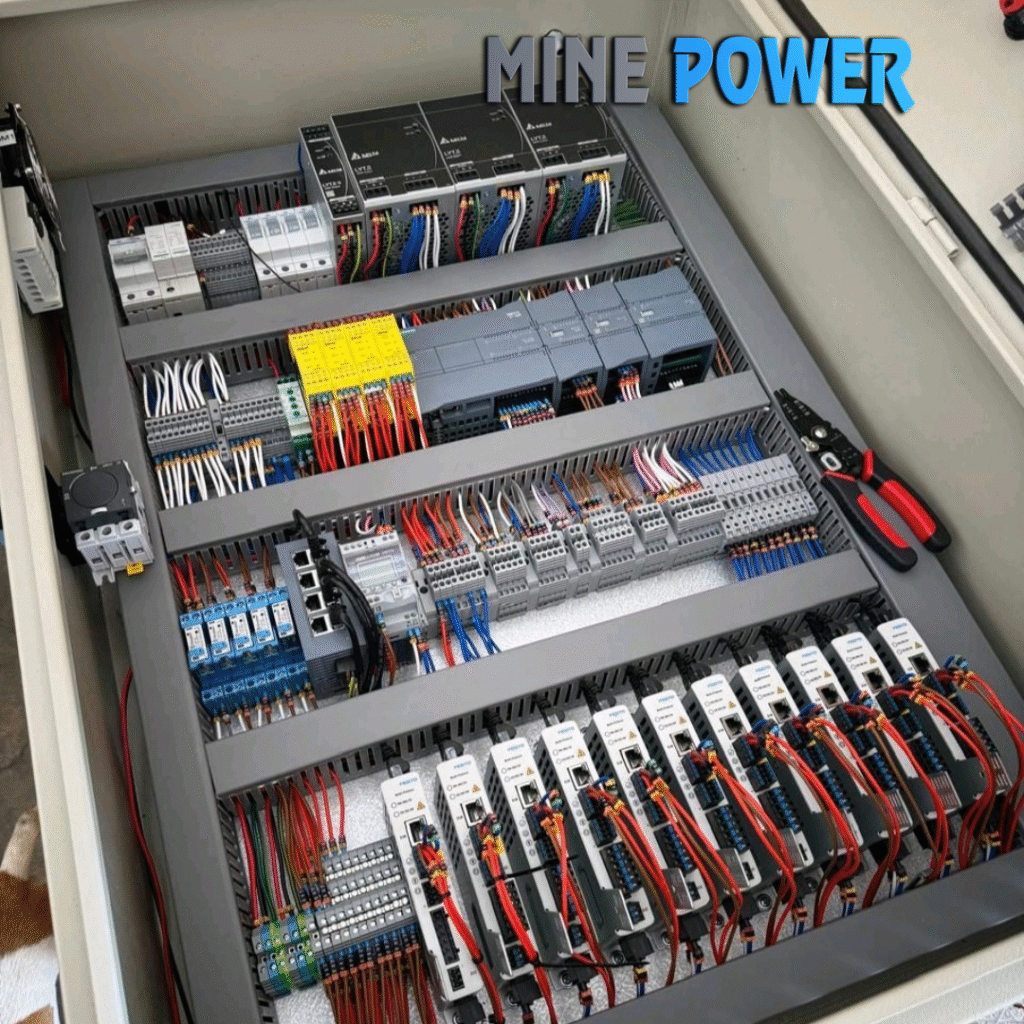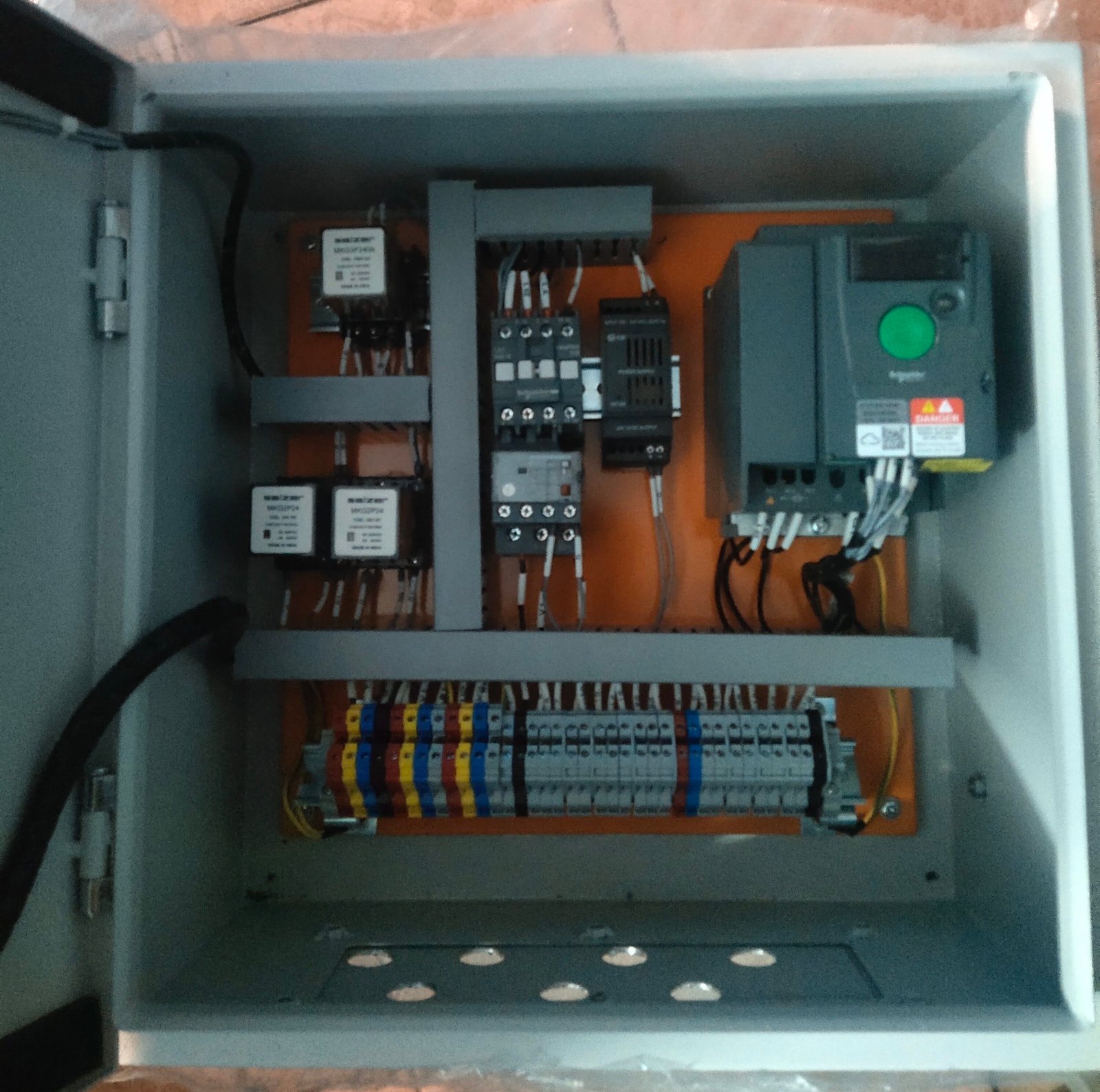Schneider Electric’s capacitor-duty contactors, such as the LC1DWK12M5, are tailored for the challenges of reactive switching in power factor correction applications. Featuring built-in damping resistors and early-make auxiliary contacts, these robust TeSys D/K contactors deliver safe, long-lasting performance when switching high kVAR capacitor banks—ensuring stable, efficient power operation in industrial and commercial systems.
ElectrihubEshop SE.
Description
Schneider’s capacitor-duty contactors—part of the TeSys D/K series such as the LC1DWK12M5—are specifically engineered to handle the high inrush and reactive switching demands of capacitor banks. With features like pre-wired damping resistors and early-make poles, these contactors offer safe and reliable operation in demanding power correction applications.
Electrihub
Typical Model and Specifications
-
Model: LC1DWK12M5 (TeSys D/K series)
-
Switching Capacity: Up to 60 kVAR at 415 V AC (and up to 104 kVAR at 690 V)
-
Coil Voltage: 220 V AC, 50 Hz
-
Pole Configuration: 3-pole (3 NO) with early-make auxiliary design and built-in damping resistors
-
Auxiliary Contacts: 1 NO + 2 NC
ElectrihubEshop SE
Features
-
Designed for high inrush reactive loads (capacitor banks)
-
Built-in damping resistors for arc suppression
-
Early-make auxiliary poles (improved switching sequencing)
-
Rugged and durable TeSys D/K construction, suitable for frequent switching cycles
Electrihub
Applications
-
Switching and protection of capacitor banks in power factor correction systems
-
Industrial and commercial electrical panels managing reactive power
-
Substation or distribution boards where rapid capacitor switching is required to maintain load balance and voltage stability
Advantages
-
Handles high reactive switching currents safely
-
Reduces electrical stress with damping resistor integration
-
Ensures reliable operation in PF correction networks
-
Compatible with standard motor control architectures, simplifying panel integration
Electrihub
Disadvantages
-
More expensive and complex than standard motor contactors
-
Requires proper derating or sizing according to VA and inrush current
-
Not designed for capacitive switching? Standard contactors may fail prematurely



